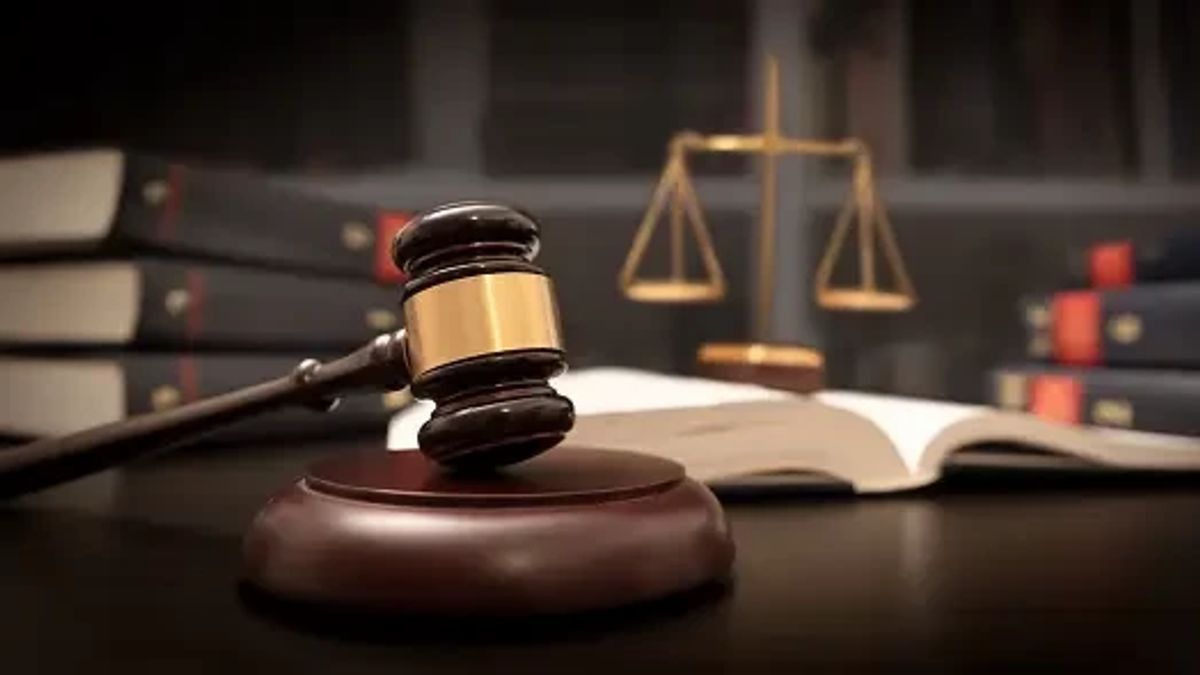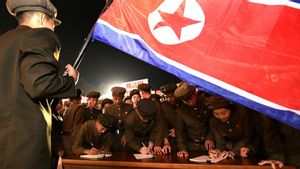YOGYAKARTA Verstek's decision is a unilateral decision handed down by the panel of judges to the defendant because he did not attend the trial without valid reasons even though he had been officially and properly summoned. So, what are the forms of verstek decisions?
Summarized from various sources, Wednesday, July 10, 2024, there are four forms of verstek decisions that can be assessed by the panel of judges in the trial process, including:
1. Granted the entire lawsuit
According to M Yahya Harahap in a book entitled Law on Civil Procedures on Law on Lawsuits, Trials, Confiscation, Evidence, and Court Decisions, the panel of judges can grant all claims as long as all petitums submitted by the plaintiff are in accordance with the argument of the lawsuit and have a strong, objective, and rational legal basis.
Furthermore, Retnowulan Sutantio and Iskandar Oeripkarta Wanita in the Civil Procedure Law in Theory and Practice, asserting that the judge's decision to grant all the lawsuits must meet the following requirements:
2. Granted part of the lawsuit
The second form of verstek's decision is to partially grant the lawsuit. In this case, the judge is free and authorized to grant the lawsuit for part only if there are sufficient reasons in the petitum filed by the plaintiff.
For example, the plaintiff who plays as a creditor asked a third party who did not participate in the debt agreement to be punished for paying the debt along with the defendant who became the defendant.
The claim against a third party violates the value of justice and is against the law. In this case, the judge can grant a special lawsuit against the debtor only and reject the demands against a third party.
3. Unacceptable lawsuit
Next, the judge can declare the lawsuit unacceptable if the petitum is against the law or order and decency and has no reason or has no legal reason.
The lawsuit is also unacceptable if a formal error is found in the petitum. For example, a lawsuit is filed with a court that is not authorized to try, a lawsuit is filed with an unauthorized person, the attorney who signed the lawsuit does not have a special power of attorney from the plaintiff.
If a formal defect is found, the plaintiff can file a lawsuit again in the future, because the judge has not examined the subject matter.
4. Reject the lawsuit
If the petitum submitted by the plaintiff is not equipped with evidence that meets the minimum prover limit, the panel of judges can impose a verstek decision containing the dictum rejecting the plaintiff's lawsuit.
SEE ALSO:
This verdict eliminates the plaintiff's right to file a second lawsuit. In addition, this decision is also attached, based on Article 1917 of the Civil Code (KUH).
If the plaintiff objected to the judge's decision, the plaintiff could file an appeal or cassation.
That's the information about the form of the verstek decision. Hopefully this article can add insight to the loyal readers of VOI.ID.
The English, Chinese, Japanese, Arabic, and French versions are automatically generated by the AI. So there may still be inaccuracies in translating, please always see Indonesian as our main language. (system supported by DigitalSiber.id)
















